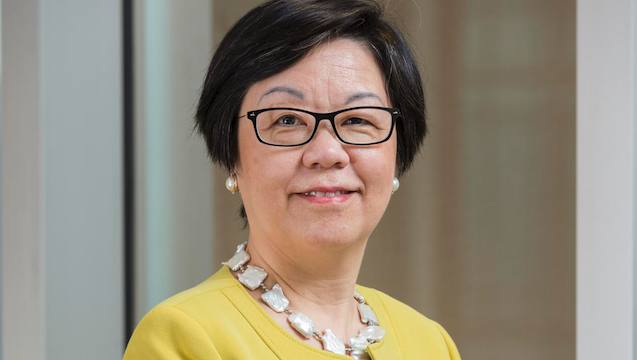Eugenie Shen, Asia Securities Industry and Financial Markets Association
Brand awareness has been a major hurdle for foreign fund houses to distribute their products on the mainland as foreign firms are not allowed to market their firm and their private securities funds that are sold to qualified (high net worth and institutional) investors.
Shen told FSA that the association has suggested to regulators that allowing investment management wholly foreign-owned enterprises (IM WFOEs) to use their qualified foreign institutional investors (QFII) quota to seed the privately-managed funds could improve mainland distribution.
“The reputation a firm has built up outside of China may not [resonate with local investors] when brought directly onshore. Some smaller-scale firms are unfamiliar to domestic investors, which makes it really hard to gather assets for the products,” Shen noted.
She believes firms that put their own money into their funds would provide a vote of confidence to potential mainland clients. Seeding funds is a practice that has been effective in developed markets.
“As many global asset managers have already obtained their QFII quota, it is suggested that part of the quota held by the firm can be invested in the private funds,” she explained.
Moreover, foreign players generally take the private fund management business as a stepping stone to enter China’s wider fund market. “Most of the WFOEs actually eye the enormous retail fund industry and their ultimate goal is to convert the WFOE into a public fund firm,” she noted.
Private fund management license holders are allowed to convert the firm into a retail mutual manager under several conditions, including having at least three years of track record in managing a securities fund and managing assets above RMB 2bn ($310m), according to the China Securities Regulatory Commission (CSRC).
Ownership rule impact
In April, the CSRC relaxed joint venture ownership limits for foreign players, including asset managers and securities firms. Foreign players may now apply for a majority 51% ownership in a Chinese joint venture. In three years, foreign asset managers are allowed to own a 100% stake in domestic asset managers.
The liberalisation created questions about foreign managers in China selling to the retail market.
“Before the relaxation of ownership rules for joint venture asset managers, we understand that all the public funds could only be managed by either local firms or by a joint venture with a minority foreign stake.
“But now, after the relaxation, the unclear part is whether the wholly foreign-owned firms are subject to the same rules,” she continued.
“Even if they are allowed, there also remains uncertainty about the WFOE’s conversion process. Unlike for joint venture owners, the regulator has not outlined a clear plan.”

















